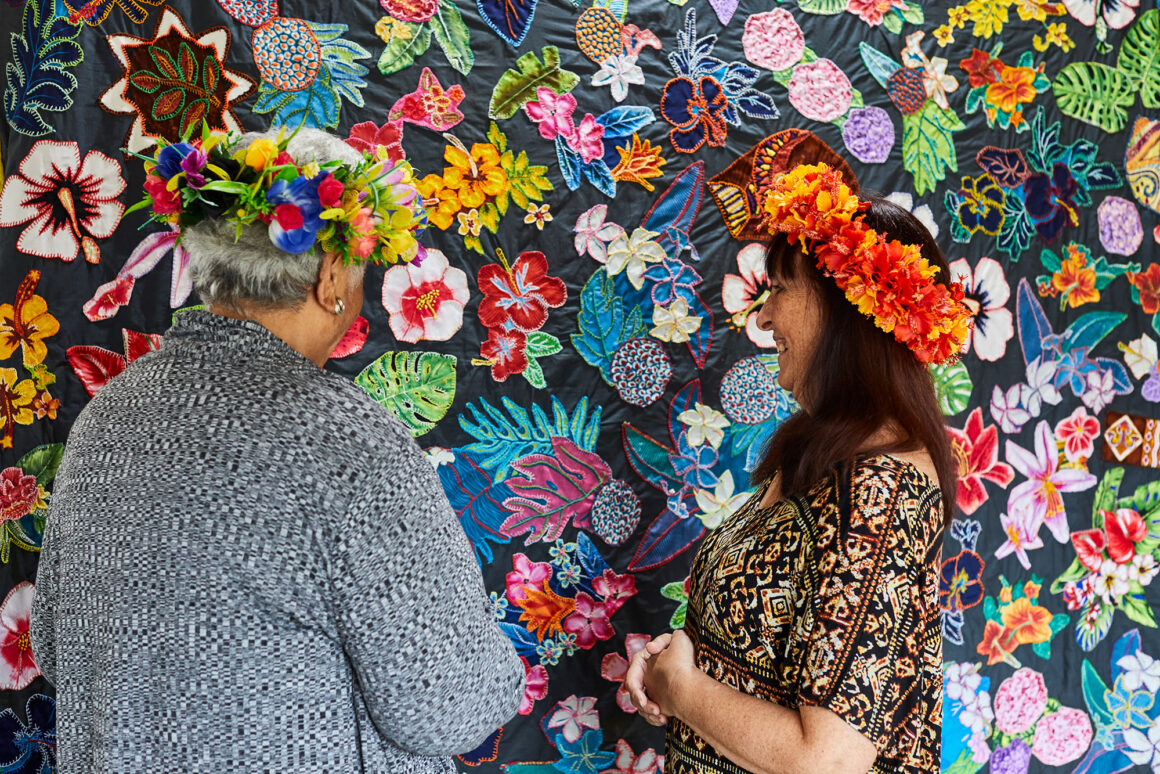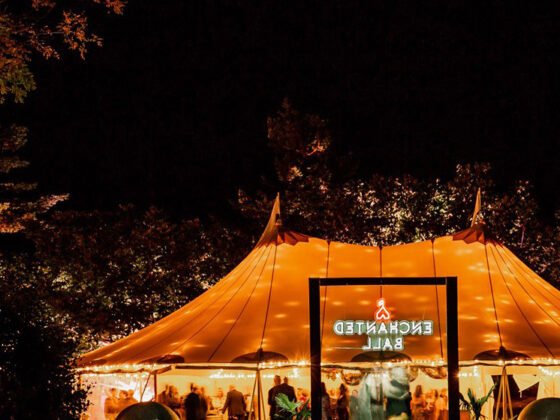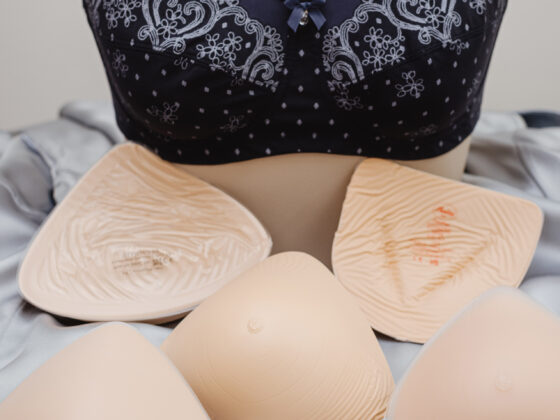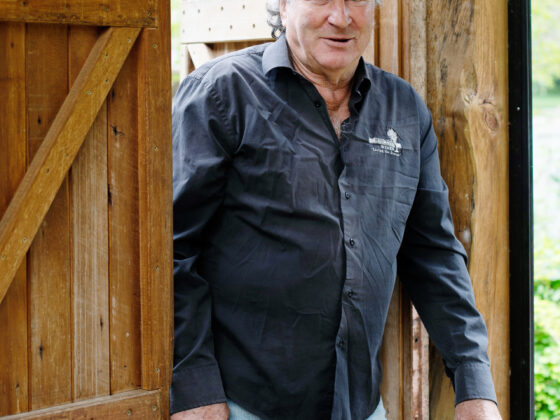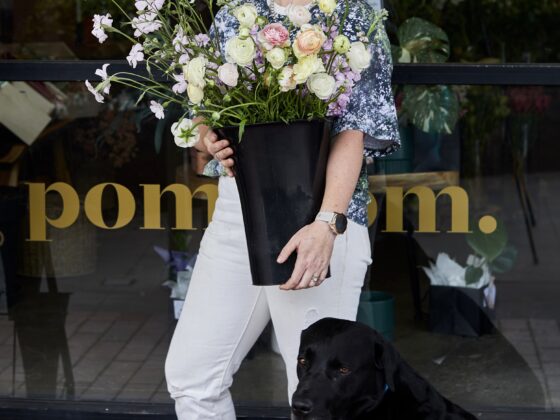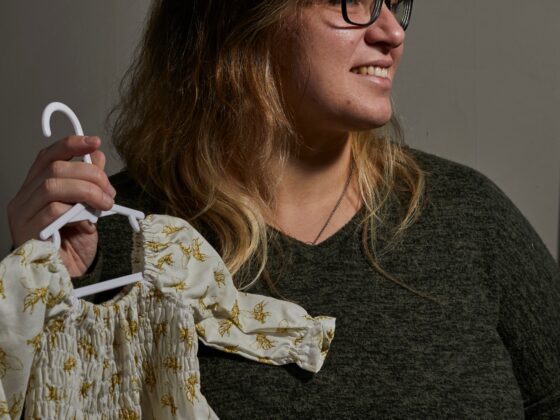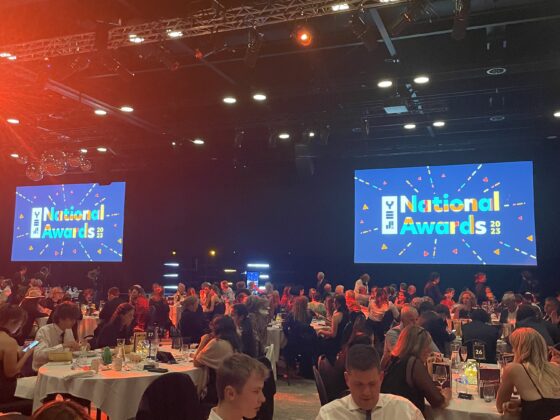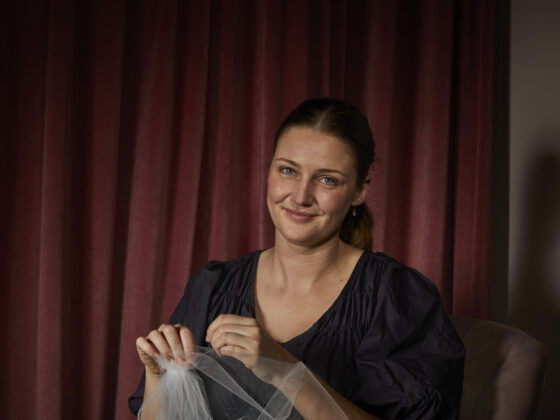Community and companionship thrive amongst a special group of women whose uniting focus is on creating beautiful and practical items from colourful fabrics. Susan met with these ladies to talk about their activities and to glean a bit of the joy they experience from spending time together.
Stitching a tivaevae quilt with the exotic touch of the Pacific has also stitched together a special community of women in Hastings. Tivaevae means ‘stitched with love’ in Rarotongan. Tivaevae quilts are made of vibrant coloured fabrics cut into distinctive patterns, then stitched with threads in contrasting colours.
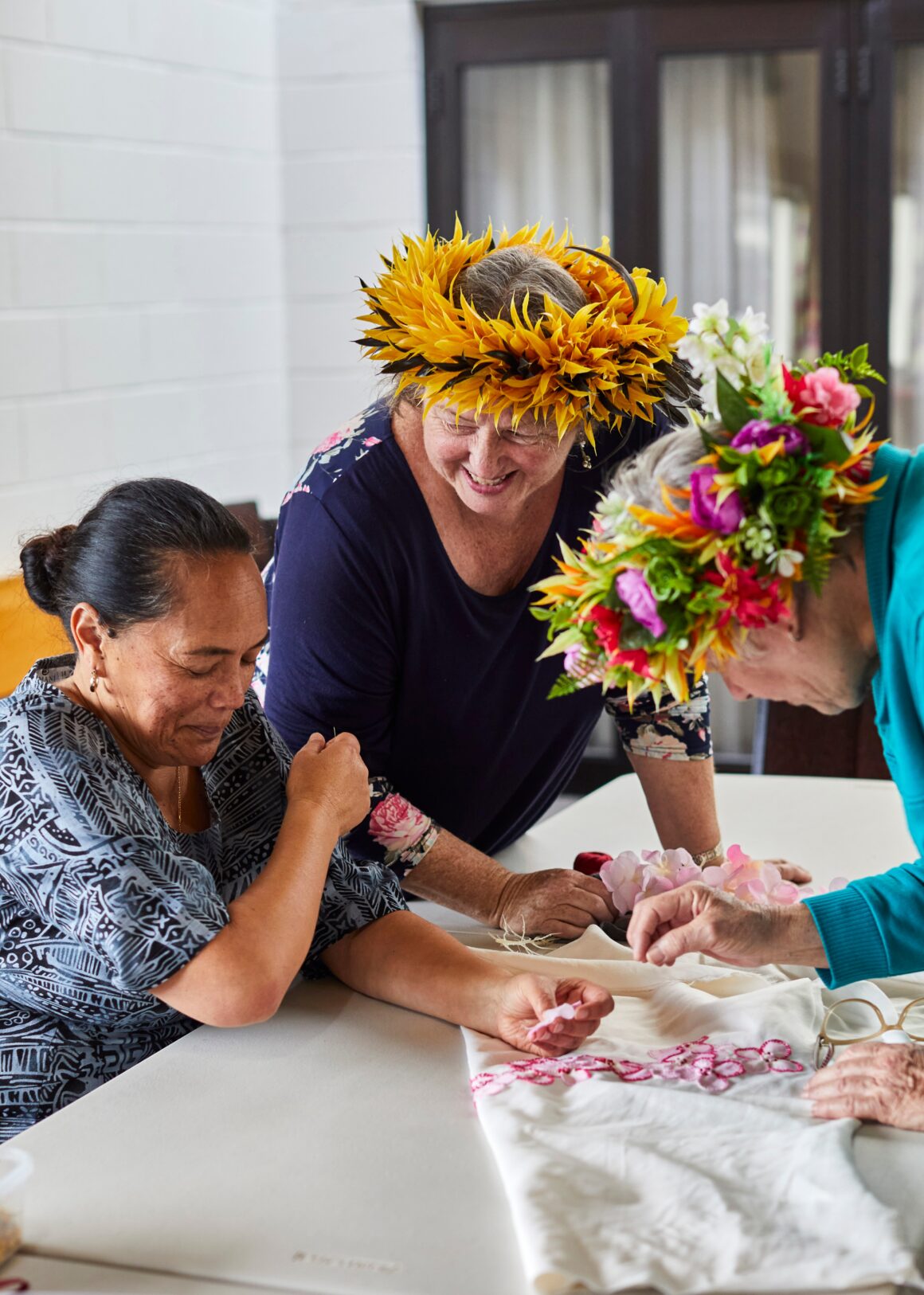
The women of an island village might work on a quilt on their own, but more often they work in a group. Quilts can take from weeks to years to complete.
It was this community spirit that captured a group of local women, who have been meeting and stitching quilts at St Andrew’s Presbyterian Church in Hastings since March 2022.
In the islands, tivaevae are lovingly created as gifts for brides, babies and other special occasions so, as a birthday gift for their minister, the Reverend Jill McDonald, the Cook Island women at church created a quilt.
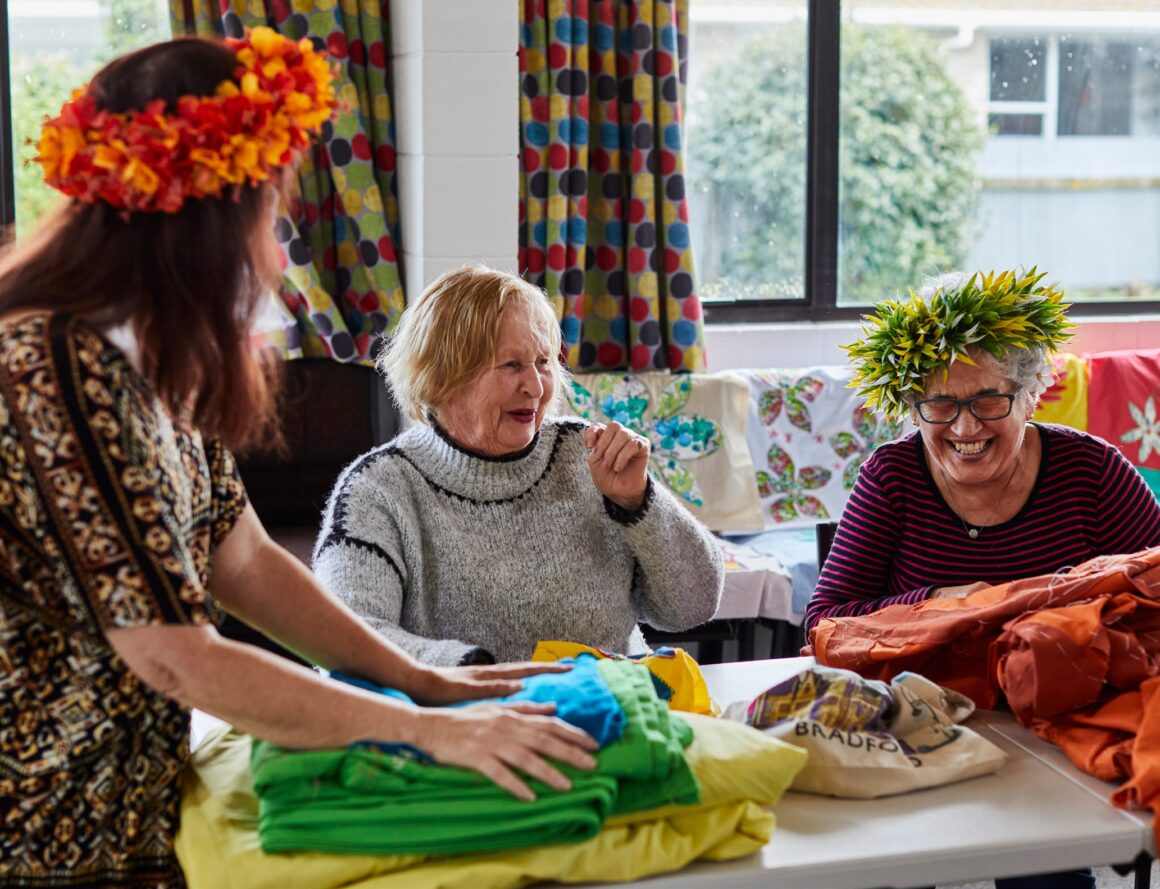
“The Cook Island mammas presented it to me for my fiftieth birthday, with dancing and singing and drums, and they wrapped it around me,” says Jill. She appreciates the incredible manaakitanga of the Cook Island community whenever she is with them.
After receiving the special birthday gift, Jill was amazed at the enthusiastic response given by other women. “The more that people commented positively, the more I thought there might be something in this.”
One of the women who created the birthday quilt is Berry Rangi. Jill asked Berry if she’d lead a workshop on making tivaevae, and she agreed. Jill applied for a small Give It A Go grant from the Presbyterian Church plus another from Hastings District Council’s Creative Communities Scheme.
What they imagined would be a weekend beginning an eight-week course has settled down to become an ongoing group. Some of Berry’s Auckland whānau kindly gifted fabric to start the group off. They made their first tivaevae as cushion covers.
A committed group of around twelve women of various ages and backgrounds gather on Sunday afternoons to work on quilts or their own stitching projects.
They may have started by making cushions in that first year, but by November 2022 they were able to hold an exhibition of their work in their church, a moment of pride to display the gifts and beauty they’ve created. Entering the church, many colourful tivaevae works now decorate this special place. Large tivaevae are useful as bedspreads or special cloths and they add colour and cool textures to a space.
“We loved creating the quilt to give Jill, and then we made her some pillows,” says Berry. “We enjoyed being together and creating together, so we’ve met ever since.”
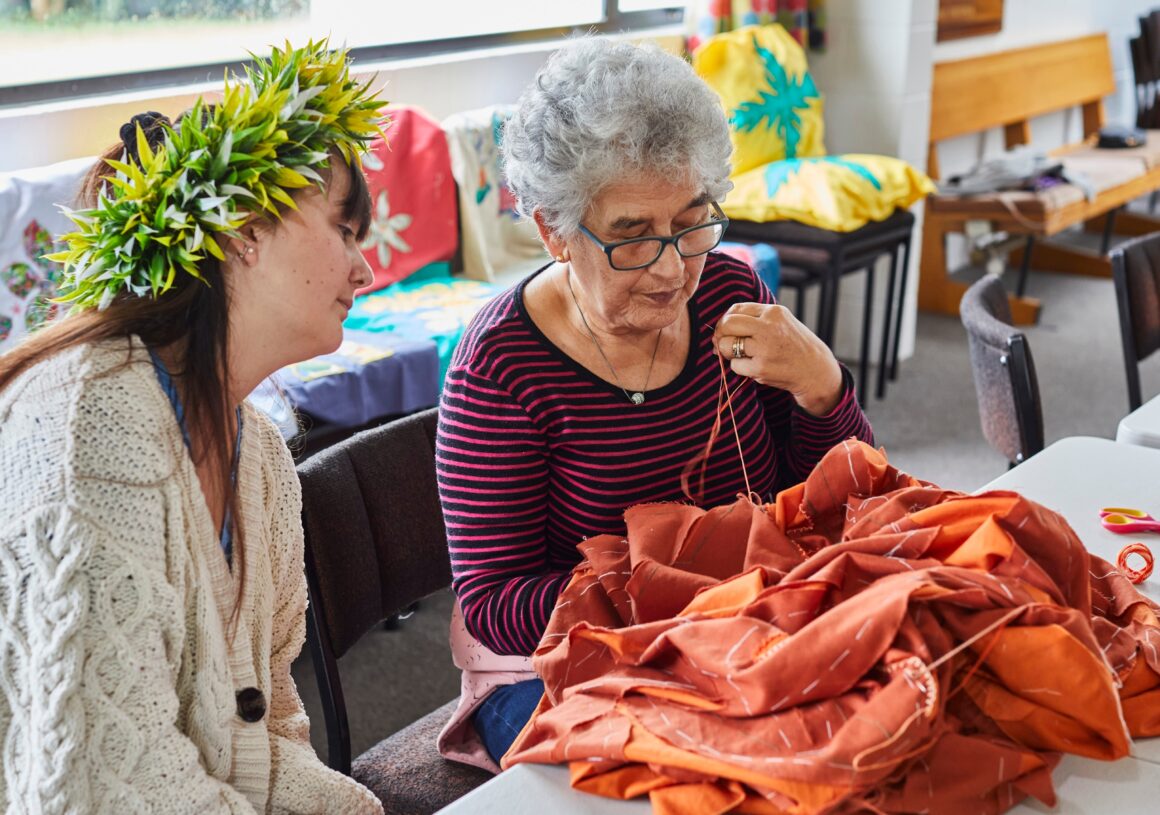
Jill has even stitched a couple of cushions herself and given one to her mother. “A spiritual mentor once told me that the goal of a woman is to create. I was never into handcrafts, but I’ve discovered the enjoyment and relaxation in doing it, and now I have taken up knitting.”
Berry was born on Manihiki Island in the northern group of the Cook Islands where, she says, the women mostly weave hats and mats. Then she grew up on Rakahanga Island where she learned to cut and tack quilts from her grandmother.
If you’ve holidayed in Rarotonga, you will have some idea of the scale of the Cook Islands nation – fifteen islands with a total land area of 236 square kilometres (the Heretaunga Plains is 300 square kilometres), with an economic zone covering almost two million square kilometres of ocean.

When in colonial times ships arrived with supplies, the local women admired the fancy European quilts, but adapted the style by using whatever fabric they could get, which were plain-coloured, practical cottons.
It’s a rich tradition and the women who create and cut the patterns are held in high regard. The skill is in creating a repeating pattern, and Berry has to work out what the pattern will look like completed. Just like making a paper snowflake, she cuts the pattern with the fabric folded into four. The traditional patterns reflect the environment in the islands: taro leaves, palms, hibiscus flowers, pineapples, bird-of-paradise plants.
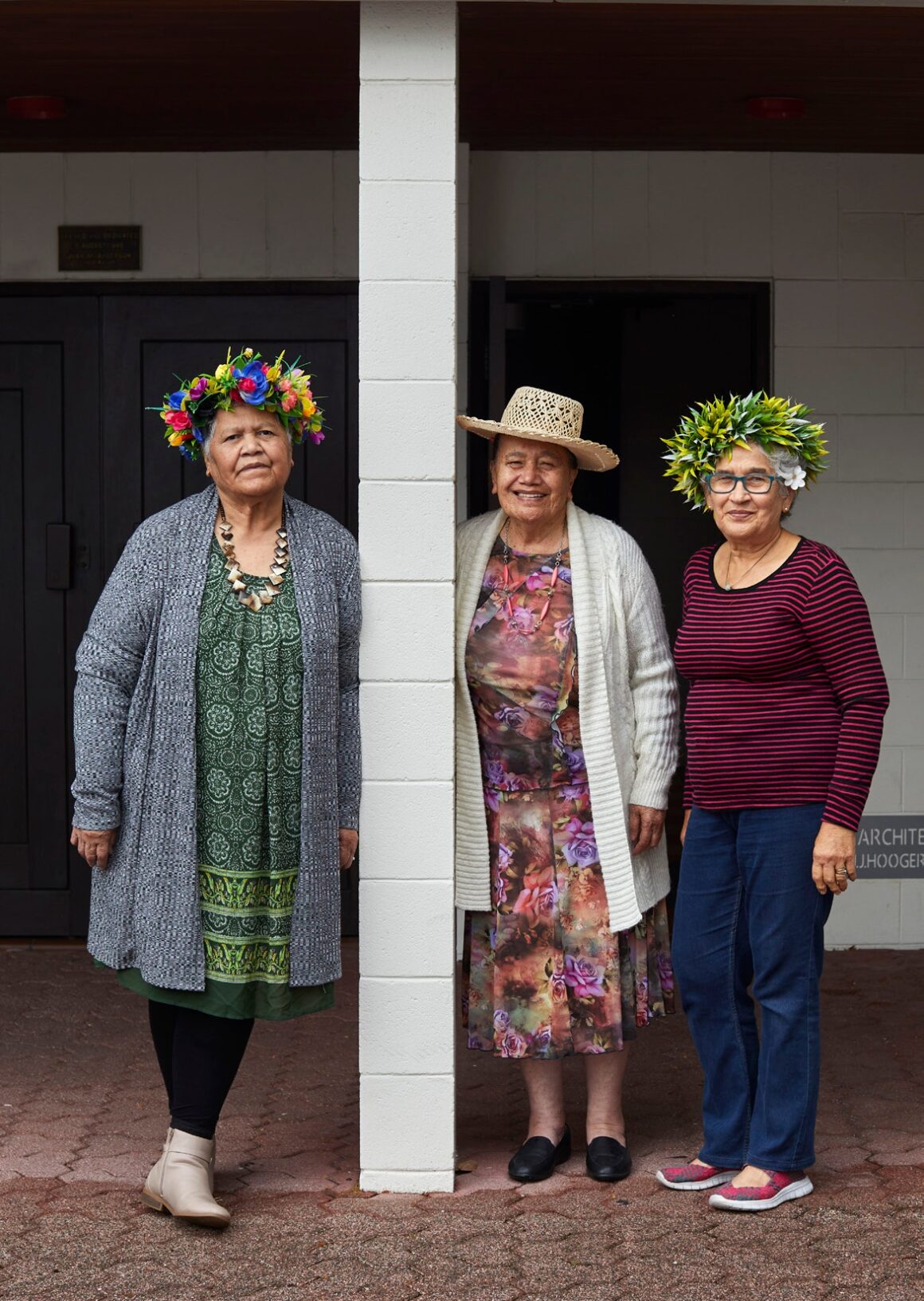
Oki George is another of the five Cook Island ladies who help with the tivaevae making and is the skilled embroiderer. “She’s better than a machine,” says Berry.
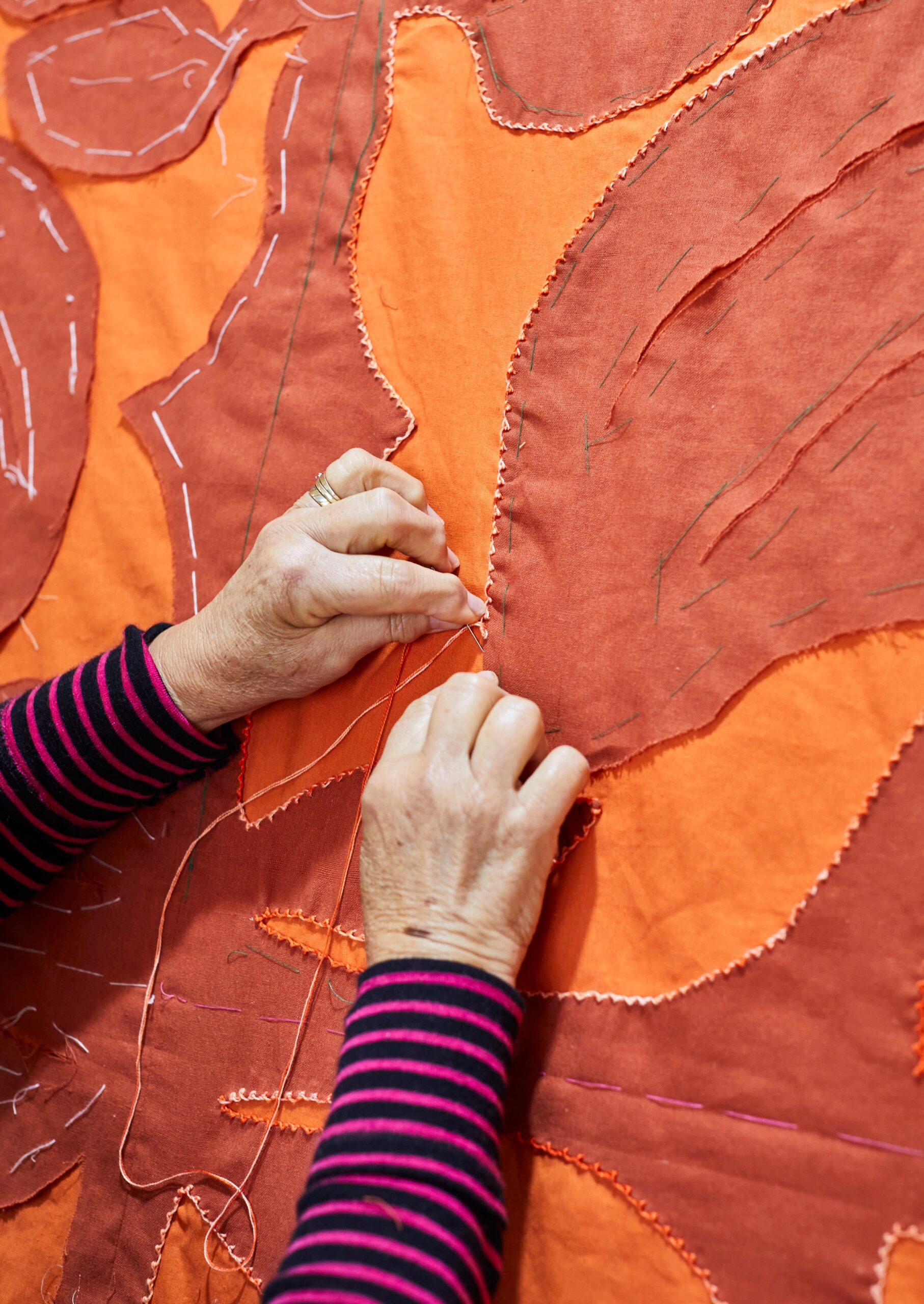

Her quick, even blanket stitches attach the cut-out design to the main fabric and define the silhouette. Then fancier chain stitches and French knots in beautiful complementing shades add magical patterns to highlight a leaf or flower.
As it’s important for the knowledge of tivaevae work to be handed down the generations, one of the younger Cook Island women helping at St Andrew’s is Urarii Ruatoe, an art teacher. She used her creativity by designing different patterns for the cushion covers the women learned to stitch in their first workshop.
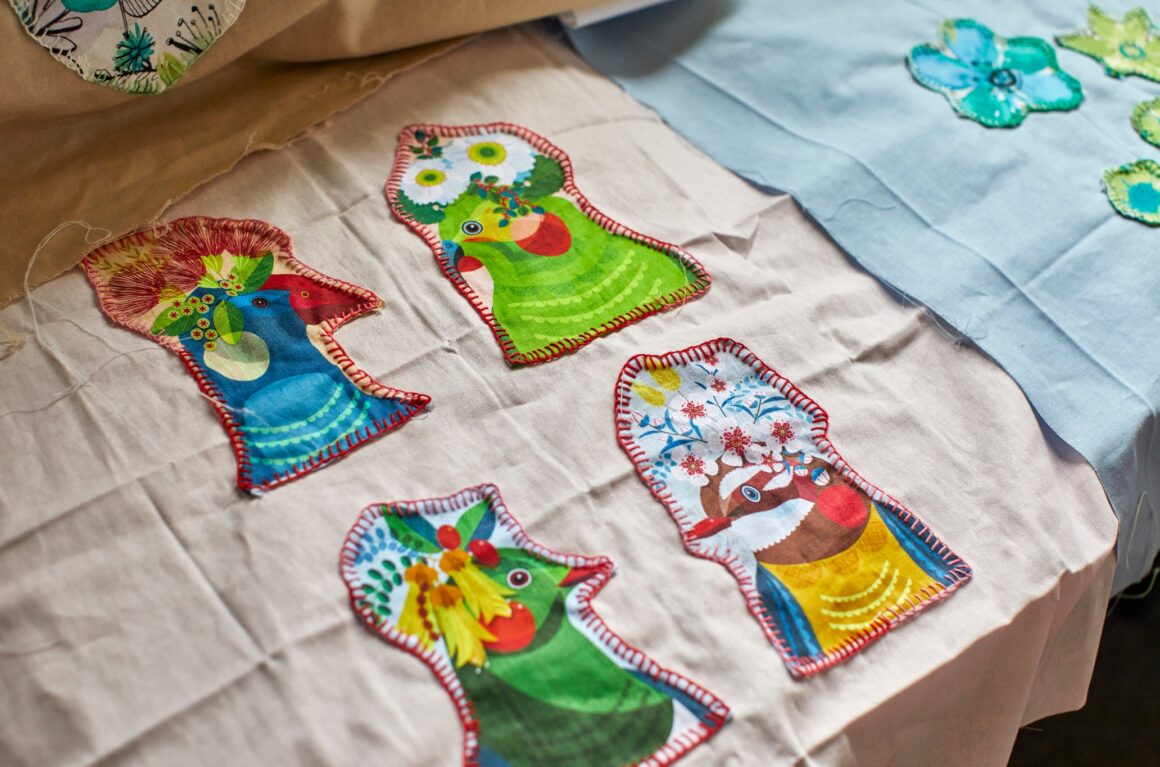
The large square patches are important to the practical side of tivaevae making, as these are easier to handle and can be used for cushions or sewn together to make a bedcover.



In Hastings, the women also use designs that reflect New Zealand, and one of them has spent a year and a half stitching a pattern of pohutukawa flowers. Another reveals the quilt she has just completed as a gift for her son working in Korea, which is alive with local birds and flowers as a reminder of home. Tivaevae is as much about support and community as it is about creating. When the husband of one of the women died, she poured her sadness into what she calls her ‘grief quilt’.

She kept coming to the group following the funeral and stitched her quilt over four months, being supported through this unhappy time. However, her quilt is not sombre: its bright colours and patterns dance on a black background, a testamentto a love and a life well lived together. “A lot of emotion has gone into this, but these ladies got me though, I really needed them,” she says, as she now stitches another tivaevae in a happier space.

Another quilter’s beautiful work got soaked in Cyclone Gabrielle’s flood water. After a good wash – and a lot of sympathy – both quilt and creator have largely recovered, but she concedes that the slight stain left behind is now as much a part of the story of her tivaevae as the purple colour she chose.
Sunday afternoons at St Andrew’s is a place of connection and affection. The women have stitched fabric together and, by sharing good times and sometimes very difficult times, they have also stitched together strong friendships.

